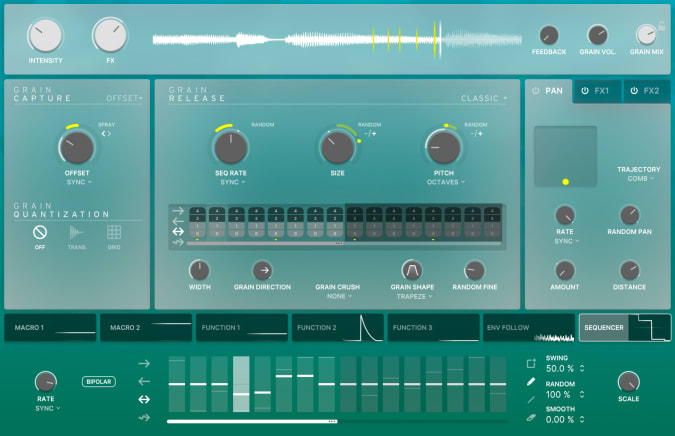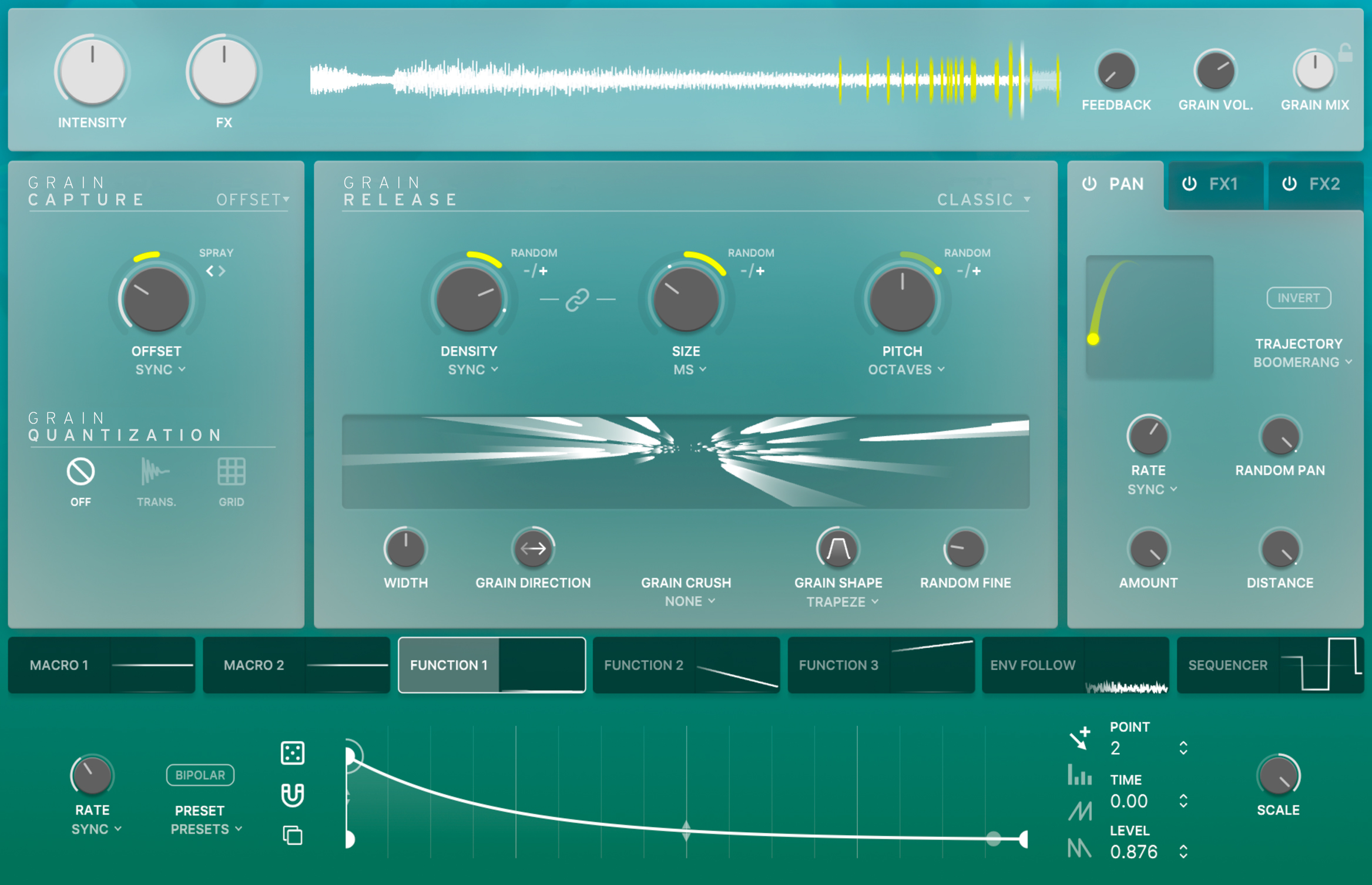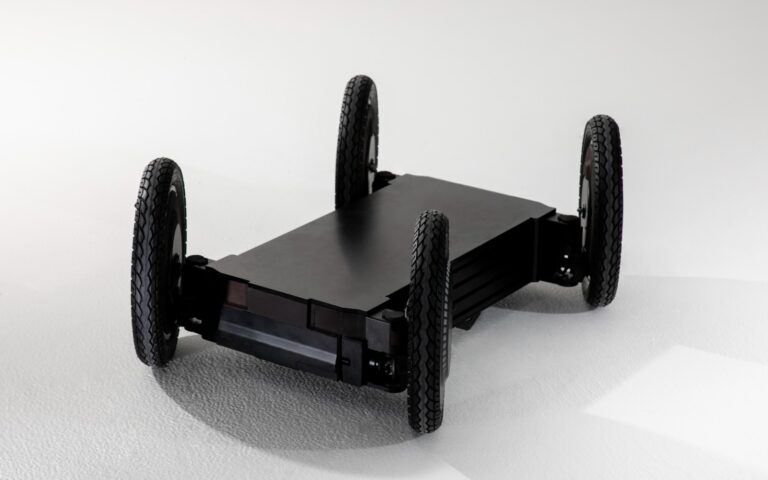Arturia Efx Fragments is granular for the masses
Arturia has been on a bit of a roll over these last few years. The company has always made top notch MIDI controllers and soft synths. But in 2020 it announced the KeyStep Pro and PolyBrute — delivering the MIDI controller than many had been clamoring for and an analog polysynth that has bowled people over. (Maybe one day I’ll be lucky enough to get my hands on one.) Then in 2021 it gave the MicroFreak and Pigments, two huge free updates, upgraded its FX Collection with seven new plugins, and launched the SQ80 V virtual synth, which I fell instantly in love with. Now the company is launching Efx Fragments, a granular processor that that brings an experimental edge to its current effects lineup.
Granular is pretty trendy right now, check out the Microcosm and Lemondrop for instance. But, it’s also can be difficult to tame. Arturia has been putting a lot of effort into making its software more user friendly, though, and that’s clearly on display with Fragments. Simply put, it might be the most immediate and musical granular processor I’ve ever used and gives the Microcosm a run for its money as a cheat code to creating beautiful ambient music. But, it is capable of much more than just epic drones.
The core of Efx Fragments is a granular engine with three distinctly different modes and a 16 second buffer. Depending on which mode you select, the way it chops up and plays back incoming audio varies. There’s “classic mode” which is pretty much what everyone thinks of when they hear the phrase “granular synthesis”. It’s versatile and unique and very unapologetically digital. Texture mode softens the harsh edges a bit and leans into granular’s more ethereal side. While Rhythmic mode goes in the opposite direction, strengthening the stuttering and glitchy side.
That’s not to say you can’t make drones in Rhythmic mode, or create driving rhythms in Texture mode, you’ll just have to work a little harder at it.
In addition to the core granular processing, there’s two effects slots for adding filtering, reverb, delay and other tone shapers; a bit crushing section with five different modes; a powerful panner and spatializer; two assignable macros; three function generators for modulation; and a modulation sequencer. Not to mention all the various tools available for manipulating the grains directly, like size, shape and pitch.

Arturai
If that sounds like an overwhelming array of options don’t worry, there’s a handy tutorial that helps you get familiar with the interface. And the UI is impressively clean and intuitively laid out. I wouldn’t hesitate to recommend Fragments to someone that was new to granular effects. Two things help keep it approachable (beyond the excellent tutorial). For one, the more intimidating controls are stashed away in the advanced tab as is the case with many Arturia products. And, two, the 60 presets are excellent.
The presets cover everything from subtle background pads, to chaotic jitters, to dense other-worldly drones, and rhythmically complex pitch-shifted delays. There would be absolutely nothing wrong with simply sticking to the presets here. But they’re also useful as a jumping off point if you’re still getting familiar with the world of granular processing (or if you’re like me and just lazy).
One super fun trick is to use Fragments as a time stretching effect. When paired with the bit crusher it can make melodies feel like they’re being run through digital molasses or drums sound like they’re coming from another dimension.
My only complaint interface-wise, is that all of the modulation options are hidden in the advanced tab. But at least there are randomization controls around each virtual knob that allows you to create some movement. So, while it’s easy to get beautiful results with the aid of the presets, to do even moderate sound design you’ll have to venture into the advanced tab. But you really should venture into the advanced tab. If for no other reason than to see the super fun visualizer that brings me back to the days of Windows 3.1.
Honestly though, the controls in the advanced mode aren’t terribly hard to wrap your head around. You can basically draw whatever shape you want in the function generators then click assign and hover over the parameter you want to control until you see blue numbers pop up next to it. Then just click and drag up or down to set the modulation depth. This is basically how all of Arturia’s instruments work. It’s simple and effective way to make deep sound design tools feel more approachable.
One other thing to know, is that granular processing can be pretty resource intensive. I encountered stuttering and artifacts with the density turned up high even under ideal circumstances: a simple audio loop and no other plugins running in Ableton Live 11, with no other programs running on my 2019 MacBook Pro with a 2.8GHz i7 and 16GB RAM. So, be prepared to freeze or resample anything you’re running through Fragments.
Efx Fragments is available now at an introductory price of $99, though if you already own other Arturia products there’s probably a steep discount waiting for you. You can also get it bundled for free with FX Collection 2 which is currently on sale for $299, which isn’t a bad deal at all.
All products recommended by Engadget are selected by our editorial team, independent of our parent company. Some of our stories include affiliate links. If you buy something through one of these links, we may earn an affiliate commission.





